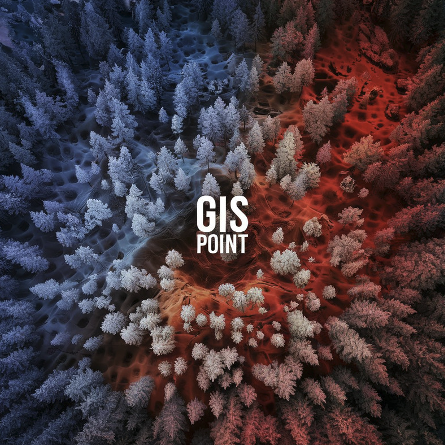The LiDAR technology uses laser pulses to measure distances to objects, allowing for the creation of detailed three-dimensional models of the terrain. A point cloud is formed by collecting a vast amount of data, which is then processed to obtain highly accurate information about the relief, vegetation, and architectural structures. Companies like GIS-Point specialize in providing LiDAR and geographic information system services, opening new horizons for those striving for maximum accuracy in their work. They offer innovative solutions that encompass both the collection and processing of LiDAR data, providing clients with not only detailed maps but also analytical data that aids in making effective real-time decisions. As a result, the LiDAR point cloud becomes an indispensable tool for professionals across various fields.

The LiDAR point cloud consists of a large number of points collected during the scanning of a territory. Each point has its coordinates in three-dimensional space, as well as additional attributes that may vary depending on the data collection method and equipment settings. The point cloud format typically includes the following elements:
Data in the point cloud is organized in three-dimensional space, allowing for the creation of visualizations of terrain and objects. All points in the cloud share a unified coordinate system, enabling accurate representation of their locations on the Earth's surface. Point clouds can be presented as 3D models, allowing users to visually analyze areas, identify patterns, and study structures.
The LiDAR point cloud has a wide range of applications across various fields due to its high accuracy and ability to provide detailed spatial representations.
When discussing the advantages of LiDAR point clouds, several key aspects stand out that make this technology particularly attractive for various applications:
Despite numerous advantages, certain factors can affect the quality of the results obtained from LiDAR point clouds.
LiDAR point clouds have become an essential tool in modern mapping technologies, providing high accuracy and detail that open new possibilities for analyzing and modeling various surfaces. With the speed of data collection and the ability to operate in challenging conditions, this technology significantly outperforms traditional mapping methods.